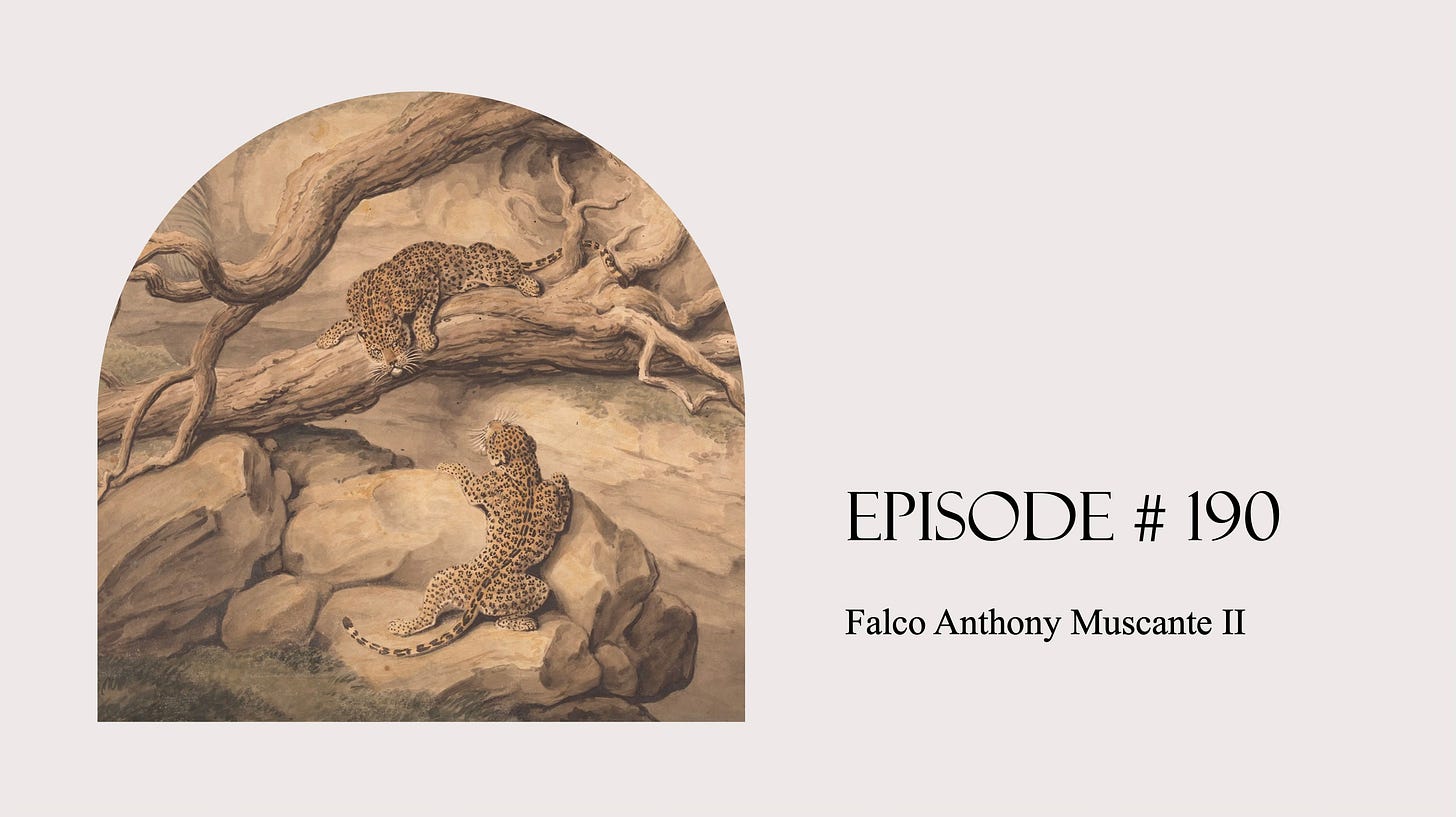JUSTICE SOTOMAYOR: So what you're basically saying, there's no longer no play in the joints.
OK Charter School Board v. Drummond
Date Argued: 04/30/25
For most of the second half of 20th century, the Supreme Court has wrestled with finding a balance between the Free Exercise of religion and the Establishment Clause, offering several tests to test the limits of permissible accommodation without the undue appearance of government endorsement. Among those tests has been a little-thing called the “play in the joints,” famously introduced in Walz v. Tax Commissioner of New York with these words:
The general principle deducible from the First Amendment and all that has been said by the Court is this: that we will not tolerate either governmentally established religion or governmental interference with religion. Short of those expressly proscribed governmental acts there is room for play in the joints productive of a benevolent neutrality which will permit religious exercise to exist without sponsorship and without interference.
Walz v. Tax Comm'n of City of New York, 397 U.S. 664, 669 (1970)
In this episode, I explore this concept with Falco Anthony Muscante II, whose paper in the Ave Marie Law Review is called “Play in the Joints” Among the Religion Clauses: Rebuilding the Strong Joints the Framers Formed.
In our conversation, we discuss the history of the religious clause and what the framers intended, how the concept emerged and became weaponized in Locke v. Davey (2003), why the Court has latched on to the idea of state neutrality and how that impacts religion, and more.
Falco earned his J.D. in 2023 from the Duquesne University School of Law, where he served on the executive boards for the Law Review and Appellate Moot Court Board. He is an alumnus of Grove City College, where he graduated summa cum laude with a B.S. Management, minor in Pre-Law, and concentration in Human Resources. Falco is a litigation associate at a big law firm in Pittsburgh, Pennsylvania, soon headed to clerk for the Third Circuit.
Enjoy!




